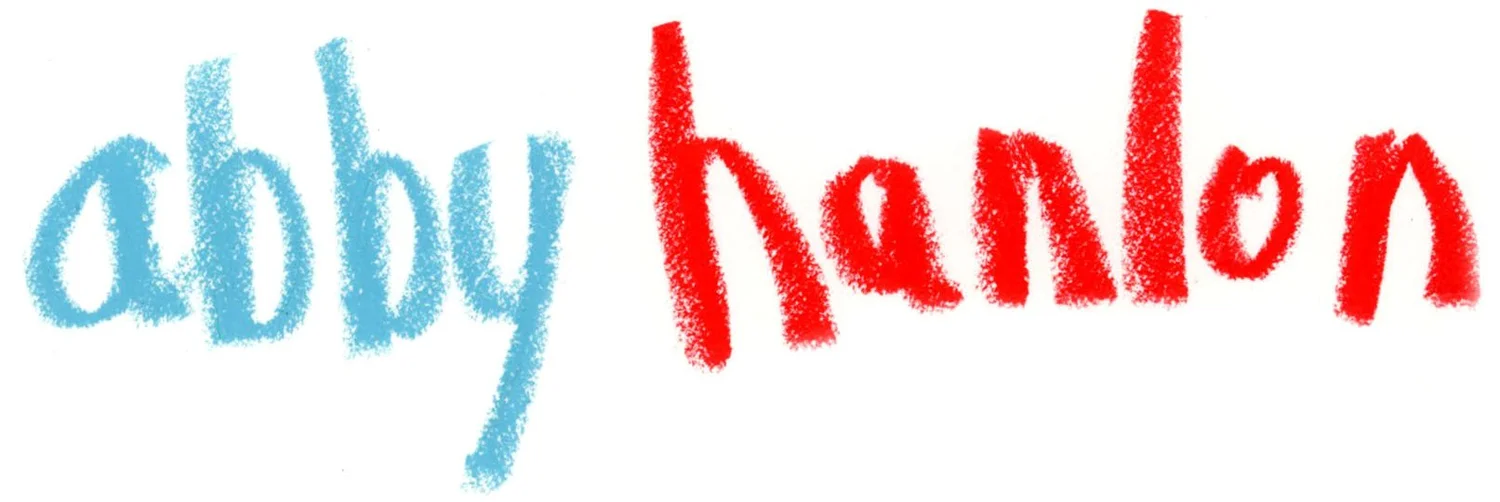USA TODAY
"It's a promising debut by Abby Hanlon, a former first-grade teacher who does delightful childlike drawings."
Link to the article.
School Library Journal, Starred Review
*HANLON, Abby. Ralph Tells a Story. illus. by author. 32p. Amazon. 2012. RTE $16.99. ISBN 978-0-7614-6180-7; ebook $3.99. ISBN 978-0-7614-6182-1. LC 2011036608.
K-Gr 3–Ralph’s teacher says that stories are everywhere. His fellow students have no trouble finding them, telling them, and writing them down. However, Ralph’s paper stays blank. Great storytelling examples surround him. Enticing bits of the other children’s stories appear in speech bubbles around the room, while pieces of paper display their invented spelling. These are everyday occurrences, told and received enthusiastically. “Then Grandma gave me a cup of coffee and said, ‘Don’t tell your mother.’” “After that, I decided to hide my Halloween candy in my bed.” Ralph’s struggle comes to a climax when he’s asked to tell the whole class his story. He drags himself to the front of the rug. His heart thumps. What happens next restores his self-confidence and introduces him to his own abundance of adventures. The watercolor and colored-pencil pictures are engaging, varied, and beautifully suited to the text. Ralph’s tips and numerous book titles, found at the end of this story, are an inspiration. Pair this book with Tad Hills’s Rocket Writes a Story (Random, 2012) for an excellent introduction to writing. A splendid debut.–Susan Weitz, formerly at Spencer-Van Etten School District, Spencer, NY
Kirkus Reviews
With a little help from his audience, a young storyteller gets over a solid case of writer's block in this engaging debut.
Despite the (sometimes creatively spelled) examples produced by all his classmates and the teacher's assertion that "Stories are everywhere!" Ralph can't get past putting his name at the top of his paper. One day, lying under the desk in despair, he remembers finding an inchworm in the park. That's all he has, though, until his classmates' questions—"Did it feel squishy?" "Did your mom let you keep it?" "Did you name it?"—open the floodgates for a rousing yarn featuring an interloping toddler, a broad comic turn and a dramatic rescue. Hanlon illustrates the episode with childlike scenes done in transparent colors, featuring friendly-looking children with big smiles and widely spaced button eyes. The narrative text is printed in standard type, but the children's dialogue is rendered in hand-lettered printing within speech balloons. The episode is enhanced with a page of elementary writing tips and the tantalizing titles of his many subsequent stories ("When I Ate Too Much Spaghetti," "The Scariest Hamster," "When the Librarian Yelled Really Loud at Me," etc.) on the back endpapers.
An engaging mix of gentle behavior modeling and inventive story ideas that may well provide just the push needed to get some budding young writers off and running.
(Picture book. 6-8)
Publishers Weekly
"Stories are everywhere!" exclaims Ralph's teacher, and Hanlon proves it in her debut picture book. While Ralph's classmates eagerly scribble stories, he displays his creativity by finding excuses to leave the room. When Ralph complains that he can't write a story because "NOTHING happens to me," his friend Daisy replies, "Are you kidding?... I've written a ton of stories about you!" (one describes Ralph's nail-painting adventure: "then the teechr sed oooo no its prmanent marker!"). Eventually, Ralph finds inspiration in a memory of an encounter with an inchworm, and when it comes time to share his story, Ralph's classmates' questions prompt him to wildly embellish it, emphasizing the value of oral storytelling. Hanlon's loose, rudimentary watercolor and colored pencil cartoons are as authentically childlike as Ralph's voice; literary lions like Olivia and Babar decorate the walls of Ralph's classroom, speech bubbles provide humorous asides, and Ralph's wide, craggy line of a mouth easily conveys frustration, anger, nervousness, and confidence. A closing lineup of staple-bound books, among them When Milk Came Out of My Nose and The Smelly Band-Aid, prove that Ralph has left his writer's block behind. Ages 5–9. (Sept.)




